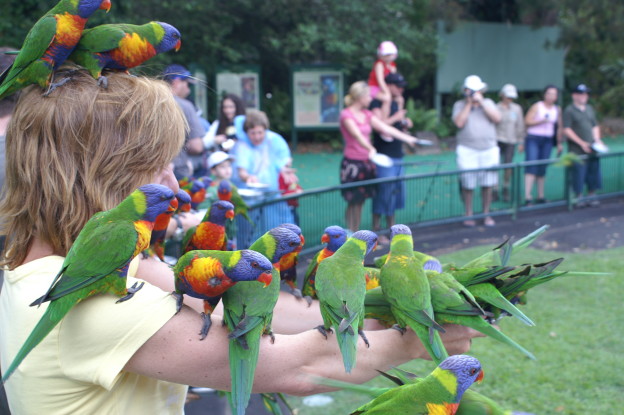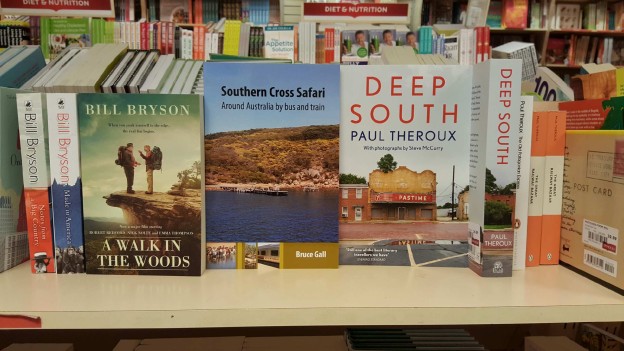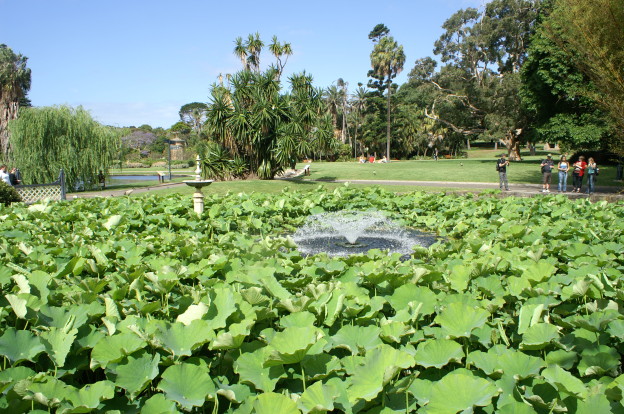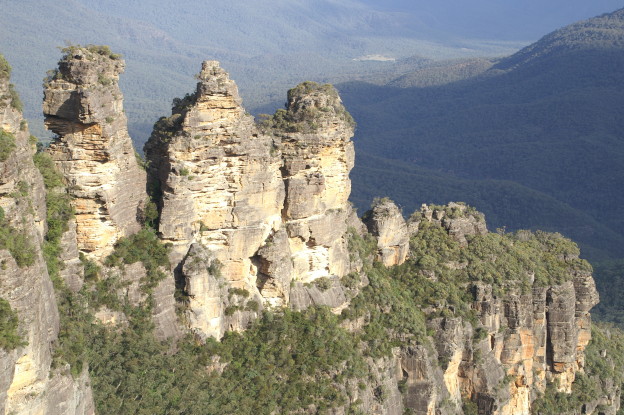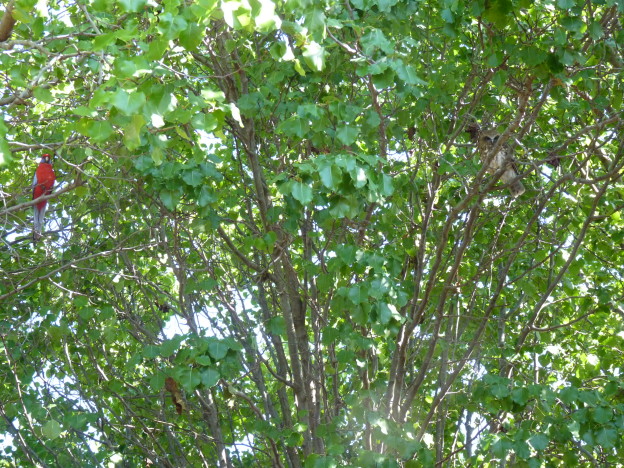Here’s a sample of the real thing – hope you like it.
‘The sleek XPT (eXpress Passenger Train), resplendent in blue, white and yellow livery, was waiting at Central Station. The day’s journey would start with a nostalgic ride through the 22 stations to Beecroft, the names learnt long before the periodic table. For many years I travelled this way to school, then university. Would today’s trip trigger forgotten memories?
First the trains, in those days rusty red and single deck, with green vinyl seats and manual doors – Sydney’s famous ‘red rattlers’, and boy, did they rattle! Hot in summer even with doors and windows open; cold in winter even with doors and windows shut; you couldn’t help but love them. Open doors meant potential disasters. Boys would dare each other to play ‘chicken’ with approaching trains, hanging out with just one hand on the railing, pulling themselves back at the last second.
The memories began here at Central: a summer stop for Sheffield Shield or tests at the Sydney Cricket Ground; in autumn, the Royal Easter Show; in winter, alighting for the rugby league match of the day.
In 1963, I took my girlfriend Peta to the rugby league grand final – it was her first game. St George (Saints) were contesting all three grades. They won third grade, victors over Canterbury, then pipped South Sydney in second grade. And then came the big one, St George versus Western Suburbs for the first-grade title. The crowd erupted as the teams ran onto the ground. Peta turned to me with a worried look and said ‘Those Saints players must be getting tired by now’.
Redfern reminded me of four years of study, alighting here for the 15-minute walk to university, past ancient terrace houses, wrought-iron fences and scraps of garden in Lawson and Abercrombie Streets. The XPT then raced through the inner suburbs – Newtown, Petersham, Summer Hill (where my brother Neil went to school), Croydon, Burwood (where my three sisters kept the family name on the school roll for many years) – before taking on passengers at Strathfield. I thought about a skinny blond kid in short pants and boater hat, getting off here to catch the bus to prep school. Then, coming home with friend Michael, spending a threepenny bit on a raspberry jam and cream tart at the station’s refreshment room – it almost made school worthwhile.
A strong, friendly voice startled me.
‘Mind if I join you?’ asked a fit-looking octogenarian.
‘Please do’ I said, clearing my stuff off the seat.
Col was a talker; I’m a listener. My nostalgic trip was only half over but my new friend was already in full flight. How could I quietly reminisce while absorbing Col’s interesting stories? I compromised, my eyes gazing out the window, my ears tuned to Col – not easy.
After Strathfield, sadness: Arnott’s biscuit factory, closed, a faded sign still proclaiming There is no substitute for quality. Back then, delectable morning aromas of biscuits baking would waft through the carriage, leaving passengers breathing deeply and smiling appreciatively.
North Strathfield, where I first went to school, blurred past, as did Concord West, my first home. And then Rhodes, a riverside suburb that was once an industrial area with chemical factories fouling land, air and water, the stench sickening. As we approached, doors and windows would close and we would take deep breaths, cover our noses with hands or shirtsleeves (ladies used hankies) and try not to breathe till we had left the station. The stink was gone but the malodorous memories lingered. We crossed Parramatta River, then sped through Meadowbank, West Ryde and Denistone, deserted as ever. Next, Eastwood, where my friend Chris lived and my dad had one of his shops. Epping followed, a station I knew well. I had changed schools, trading boater for slouch hat, and bussing from Epping to North Parramatta. The station had also changed, now a major terminus for the Chatswood line.
We approached leafy Cheltenham, crossing the motorway where Devlins Creek had once trickled through rocky bushland – a favourite haunt for small boys catching tadpoles and yabbies. Next the tennis club, the social hub for me and my siblings. My old home was midway between Cheltenham and Beecroft, where I lived after Concord West. The house, ‘Linden’, could be seen from the train and we would wave to mum as we rattled off to school.
‘I used to live up here, Col’ I said, ready to point out one of my fondest memories. It was not to be. The dense bamboo, where neighbour Moya and I built our cubby house, had spread and was now obscuring the house.
I loved living next to a busy railway line, spending many happy hours recording train numbers from my perch on the front gate. Although not aware of it at the time, I witnessed the decade-long change from coal to diesel. I still remember the ungainly Garratt, the most powerful steam train built in Australia, and the elegant, bullet-nosed C38 class locomotives, hurtling past in a cloud of smoke.
Long lines of small, rickety carriages, loaded with sad, bleating sheep, would clank past on their way to Homebush abattoirs. Even if you didn’t see them, you knew they were passing – by the agricultural odour! I always counted carriages – it must be a boy thing, I still do. On the longest trains – 55 to 60 carriages – the engine would disappear around the bend into Beecroft station before the guard’s van came into view.
The train guard – what a job! What did they do? What were they guarding? I imagined a man in shabby uniform, sitting at a table, having nonstop smokos while reading newspapers. The van would be cold in winter, hot in summer, but what a way to earn a quid and see the country. I wanted to be a train guard.
As we slipped past the village green – the local park with its ageless gums and much-loved play equipment – my mind slipped back to 1954. Australia was in a tizz over the visit of the newly crowned Queen Elizabeth and her husband Prince Philip. Beecroft Primary School was next to the park. The Queen was to pass on the royal train; we were to line up and wave joyously. Mrs Paton told us to wear our best uniforms, as befitted ‘meeting’ Her Maj. I wore my Persil-white shirt, pressed grey shorts and shining black shoes, my hair slicked back in a cyclone-proof layer of Brylcreem – I knew a little dab’ll do ya, but I really laid it on for our Queen.
After play-lunch, we crossed to the park for the grand occasion, skipping and laughing and waving our little Australian flags. We lined up at the railway fence; with every passing train, the excitement mounted – we did a lot of practice waving! As a veteran trainspotter, I wondered what sort of train the Queen would be travelling in – steam or diesel? I heard the familiar sound of a diesel labouring up the Beecroft incline, and there it was, the royal train – no old-fashioned steam engine for Elizabeth, no soot in the eye for the Queen of Australia – two diesels, painted royal blue with yellow stripes, proudly pulling its majestic cargo. ‘Wow, blue diesels!’ I cried. My eyes remained riveted on the colourful engines till they slid around the bend to Beecroft station.
It was then I caught sight of a hand, a white-gloved hand, a royal hand, waving to its happy little subjects gathered in the green. As we returned to school, the chatter was ‘Did you see the Duke?’ or ‘Wasn’t she pretty?’, whereas for me it was all about blue diesels, not blue bloods.’
Happy travelling.
